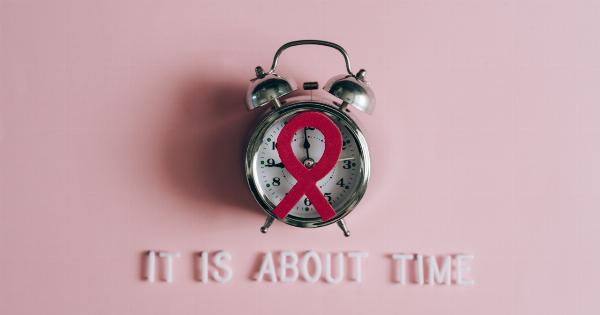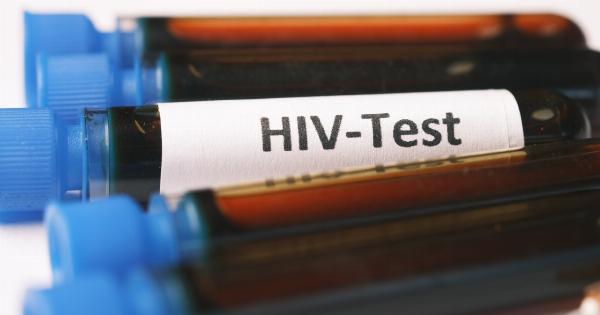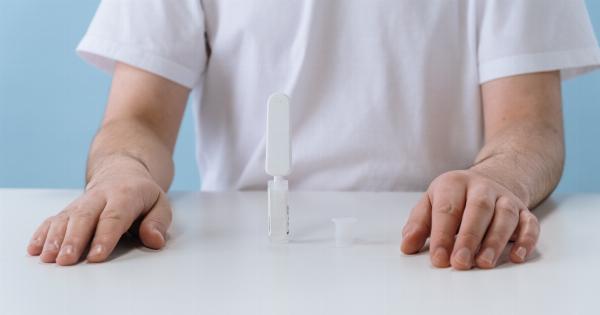Adolescent HIV cases have continued to surge in the past decade with a 50% rise in just seven years. This alarming trend has been blamed on factors such as poor sex education, stigma, poverty, and limited access to healthcare services.
Factors Contributing To The Rise Of Adolescent HIV Cases
There are various factors that have contributed to the increase of HIV cases among adolescents. Firstly, poor sex education has led to a lack of knowledge on safe sex practices and measures to prevent contracting HIV.
Most adolescents engage in sexual activities without adequately understanding the risks involved and how to protect themselves.
Secondly, social stigma and discrimination have led to a fear of testing and receiving treatment for the virus. Adolescents who are HIV positive fear that their status will be exposed, leading to social ostracism and discrimination.
This fear prevents them from accessing healthcare services and receiving necessary medical attention.
Thirdly, poverty and limited access to healthcare services have also played a significant role in the increase of HIV cases.
Adolescents from low-income backgrounds may lack the finances to access healthcare services or purchase necessary protection when engaging in sexual activities. The lack of adequate healthcare services also limits the availability of HIV testing and treatment.
The Impact Of Adolescent HIV
The increase of adolescent HIV cases has far-reaching consequences and impact. Firstly, infected adolescents face the risk of developing AIDS and other related complications. This can lead to premature death if not treated early enough.
Secondly, HIV contributes to the loss of productivity among youth, leading to a significant impact on a country’s economic growth and development. Thirdly, the burden of caring for HIV patients falls on the family and community levels, leading to financial and social strain.
Preventative Measures Against Adolescent HIV
Various measures can be put in place to prevent adolescent HIV. The first step is to provide comprehensive sex education in schools and other learning institutions.
This will equip adolescents with the knowledge and necessary skills to protect themselves while engaging in sexual activities. Secondly, reducing stigma and discrimination through public awareness campaigns and education will encourage more adolescents to seek treatment and testing services.
Thirdly, increasing the availability of healthcare services and making them affordable for everyone will ensure that adolescents from all economic backgrounds can access medical services and receive necessary treatment.
Fourthly, enhancing partnerships with community organizations can provide support to infected adolescents and their families, helping to ease the social and financial strain.
The Role Of Technology In Combating Adolescent HIV
Technology has played a significant role in combating adolescent HIV. Various interventions have been developed to increase awareness and access to healthcare services.
One such intervention is the use of mobile technology to disseminate information on HIV prevention, testing, and treatment to adolescents.
On the other hand, telemedicine has also been used to bring healthcare services closer to adolescents who lack access to healthcare services.
This provides remote healthcare services through phone or video consultations, making it easier for infected adolescents to access medical attention from the comfort of their homes.
Conclusion
Adolescent HIV cases continue to rise, and this trend is a cause for concern. The increase can be attributed to factors such as poor sex education, stigma, poverty, and limited access to healthcare services.
Preventative measures such as comprehensive sex education, reducing stigma and discrimination, increasing the availability of healthcare services, and enhancing partnerships with community organizations can be put in place to mitigate the rise. The role of technology is crucial in combating adolescent HIV, as it provides a medium for awareness and increases access to healthcare services, especially for those who lack access.





























